

When Diana was seven years old she fled her home of Moscow with her mother, who had placed a classified advert in a mail order bride catalog and met a man in Santa Barbara. Now Diana – a successful documentary photographer, writer, and filmmaker – has translated her incredible family story into a photography and film project named after the city. Writer Madeleine Morley speaks to Diana about the delicate process of hunting down actors to cast as your own family members in a retelling of an extraordinarily personal story.
All images from the book Santa Barbara © Diana Markosian, Courtsey of (Aperture, 2020)
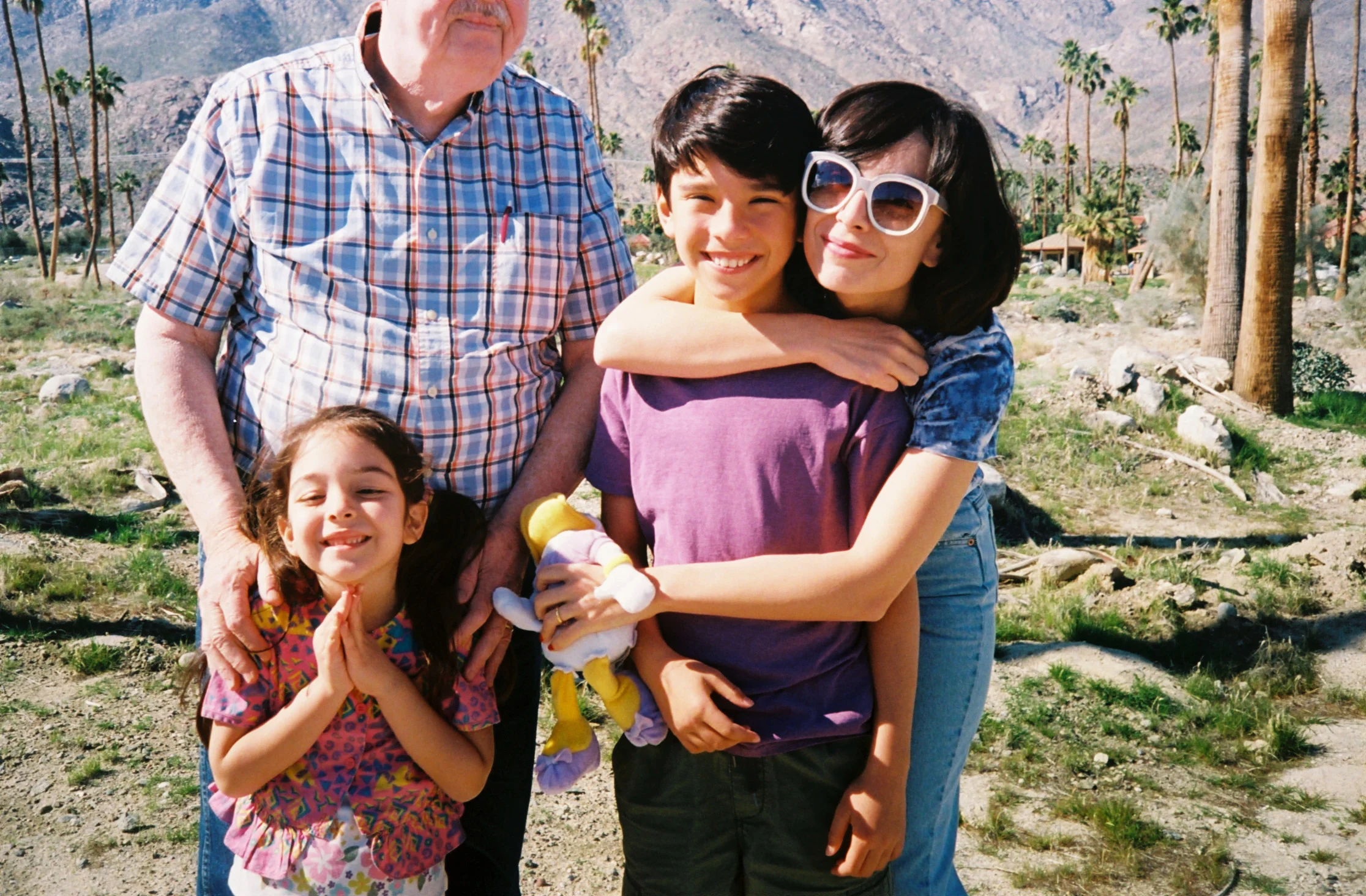
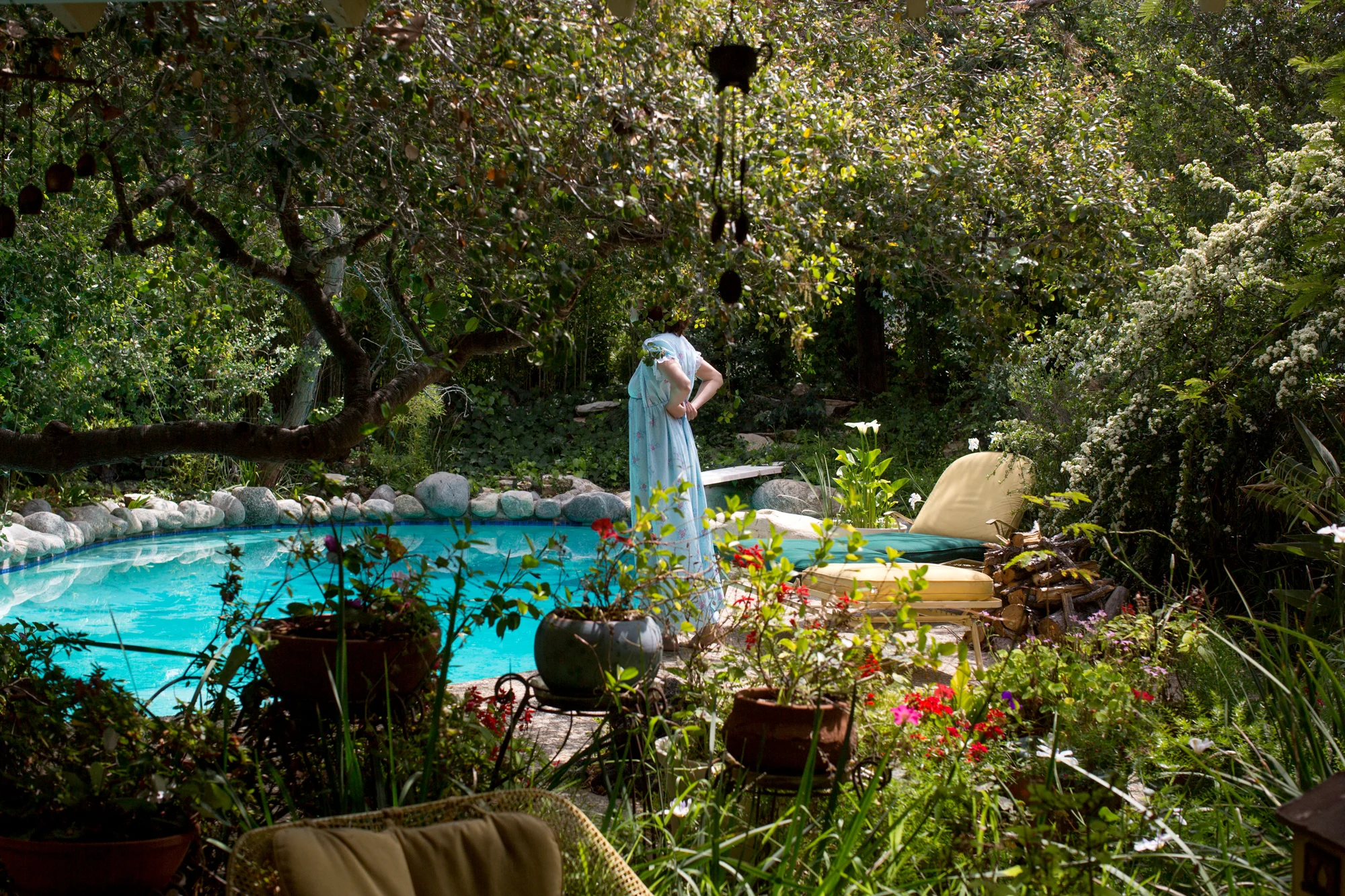
Some nights, when documentary photographer Diana Markosian was seven years old, the sun-kissed glow of Santa Barbara filled her family’s greying Moscow bedsit for exactly 60 minutes. Sandy beaches, palm trees, and glamorous people living beautiful lives poured into the room via a boxy television, on which the ’80s soap opera Santa Barbara played. Diana watched the show with her mother, Svetlana, and brother, David; it was an escape, the complete opposite of what their life had become since the fall of the Soviet Union, when her mother and father – an economist and engineer respectively – had suddenly lost everything overnight. Their days were now spent collecting bottles to sell for cash, running from landlords because of overdue bills, and queuing in line for bread rations. Diana’s parents eventually separated due to the stress. Then one evening, in the middle of the night, Diana and her brother were woken up by their mother and hurried onto a plane. “I had no idea where we were going,” says Diana over 20 years later from her home in Los Angeles. “It was only later that I realised that our story was a soap opera. It was that dramatic. We fled.”
All Diana remembered was exiting the plane as a seven-year-old to find herself in the strange yet eerily familiar sun-kissed glow of California, meeting an older, heavily-set American man named Eli.

It wasn’t until her late twenties, after she’d graduated from Columbia with a masters in science and was working as a photojournalist for National Geographic and The New Yorker, that Diana found out why and how they fled. She learnt that her mother had placed an advert in a mail order bride catalog in order to immigrate to America and provide for her children. All Diana remembered was exiting the plane as a seven-year-old to find herself in the strange yet eerily familiar sun-kissed glow of California, meeting an older, heavily-set American man named Eli. Eli drove the family to his home, and soon after became Diana’s step-father. He showed them the city they’d only ever seen on TV and took them to restaurants for the first time; they ate brunch at IHOP, swam in motel pools, and lined their shopping carts with Lucky Charms and Lay’s crisps. Eli was in his sixties, and Svetlana was 35. She’d responded to his first letter, quite simply, because he lived in Santa Barbara – the setting of her favorite soap.

It’s this sequence of events that Diana has reenacted and shot for her project Santa Barbara, a compelling immersive visual story that’s part-short-film, part-photo book, part-screenplay, and part-memoir, and which examines her family's experience – particularly her mother’s – immigrating to America. “When you’re young, you really live this parallel life to your parents and never quite know what they’re going through,” says Diana over the phone as she paces through the streets near her home – speaking quickly and seriously, trying to fill me in on all the details of her complex, multifaceted family history. “I learned about my mom through the process of creating this project.” And in a plot twist so fortuitous it rivals that of the best, most diverting soaps, a screenwriter from the original Santa Barbara soap opera team – Lynda Myles – has co-written the script, alongside Rugrats creator and California native Paul Germain, two of Diana’s “childhood heroes.” Santa Barbara not only documents a family’s true-life soap opera – from leaving Russia to meeting Eli to the moment he abandoned them in a motel almost a decade later – but also Diana’s journey finding actors to play her family members, and the strangeness of that process.
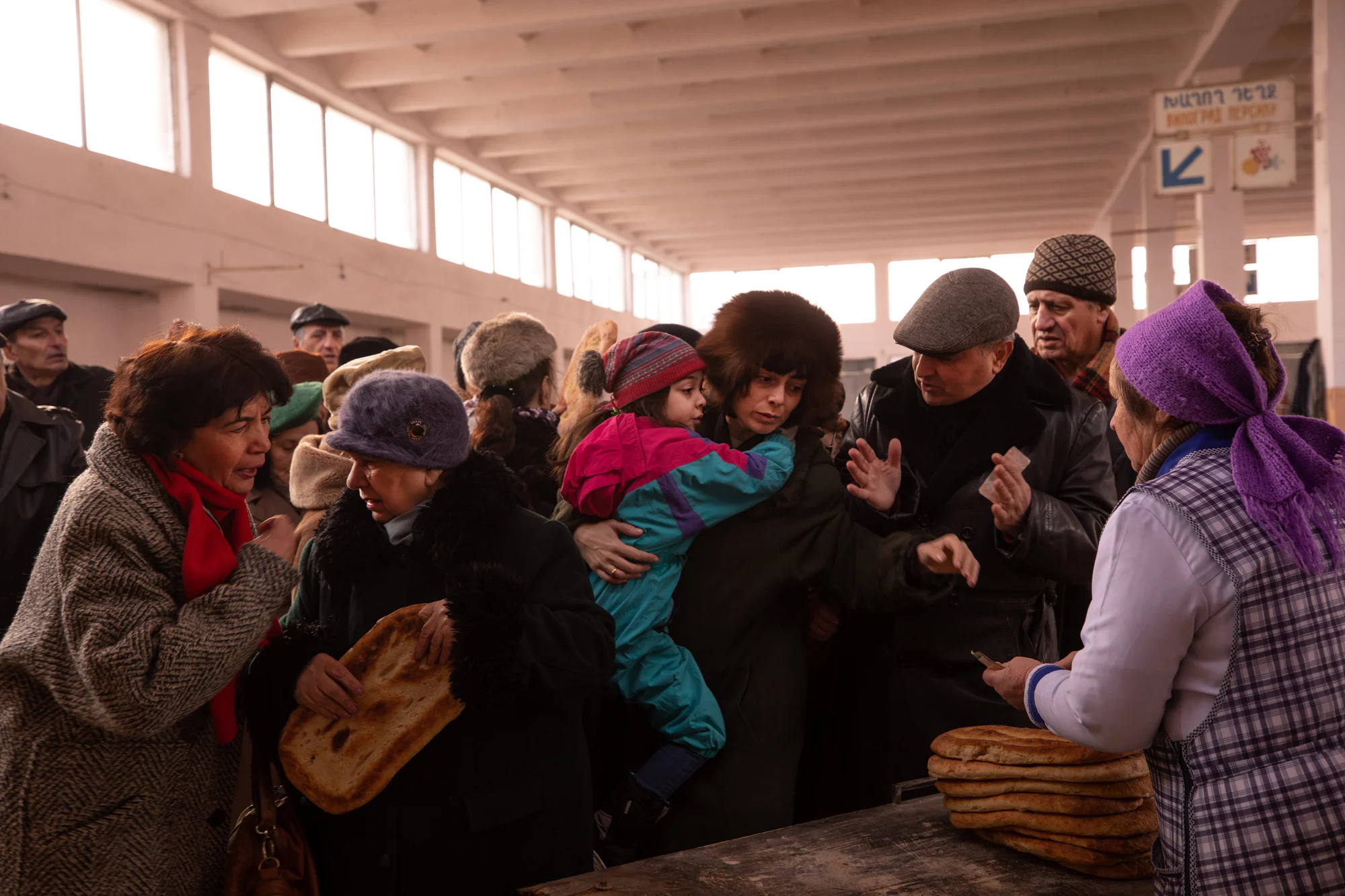
“When I first got the casting sheets, with all these pictures of actors, it was very surreal…” she says. “I met 20 to 30 actors every day, and I remember being really emotional and thinking, ‘Oh my goodness,’ it feels like I'm replacing everybody in my family now.’” To share that strangeness with her audience, in one scene in the film, the actor playing Svetlana, Ana Imnadze, while wearing a knee-length floral dress and apron that belonged to Diana’s mother in the ‘90s, interviews the actual Svetlana, dressed head-to-toe in a severe black two-piece. They speak to one another seriously in the set of the family’s former Moscow apartment while a television flickers in the background.
“Finding the actor to play Svetlana was honestly like trying to find my soul mate,” says Diana. “When I began the project I was 28 or 29 and in a position to empathize with my mum, whereas before…my heart didn’t go towards understanding.” Instead, her heart was set on questions like: How did you do this without telling me? How did you make this one decision that took me away from my dad? “It put so much anger in me.” Diana was ultimately searching for an actor with empathy, like that she was trying to cultivate herself: an actor with a heart that leaned towards understanding. “Svetlana is a woman who went through so much and had this one chance, which she made work. “She made one decision that forever shaped my life,” says Diana of her mother. “There's a lot of layers here rather than her simply being a mail order bride. That's not my mum. My mum moved heaven and earth for a second chance. And somehow she covered it all up for me and my brother to feel like this was a normal life.”
Eventually on set, Diana began to call her ‘mom.’


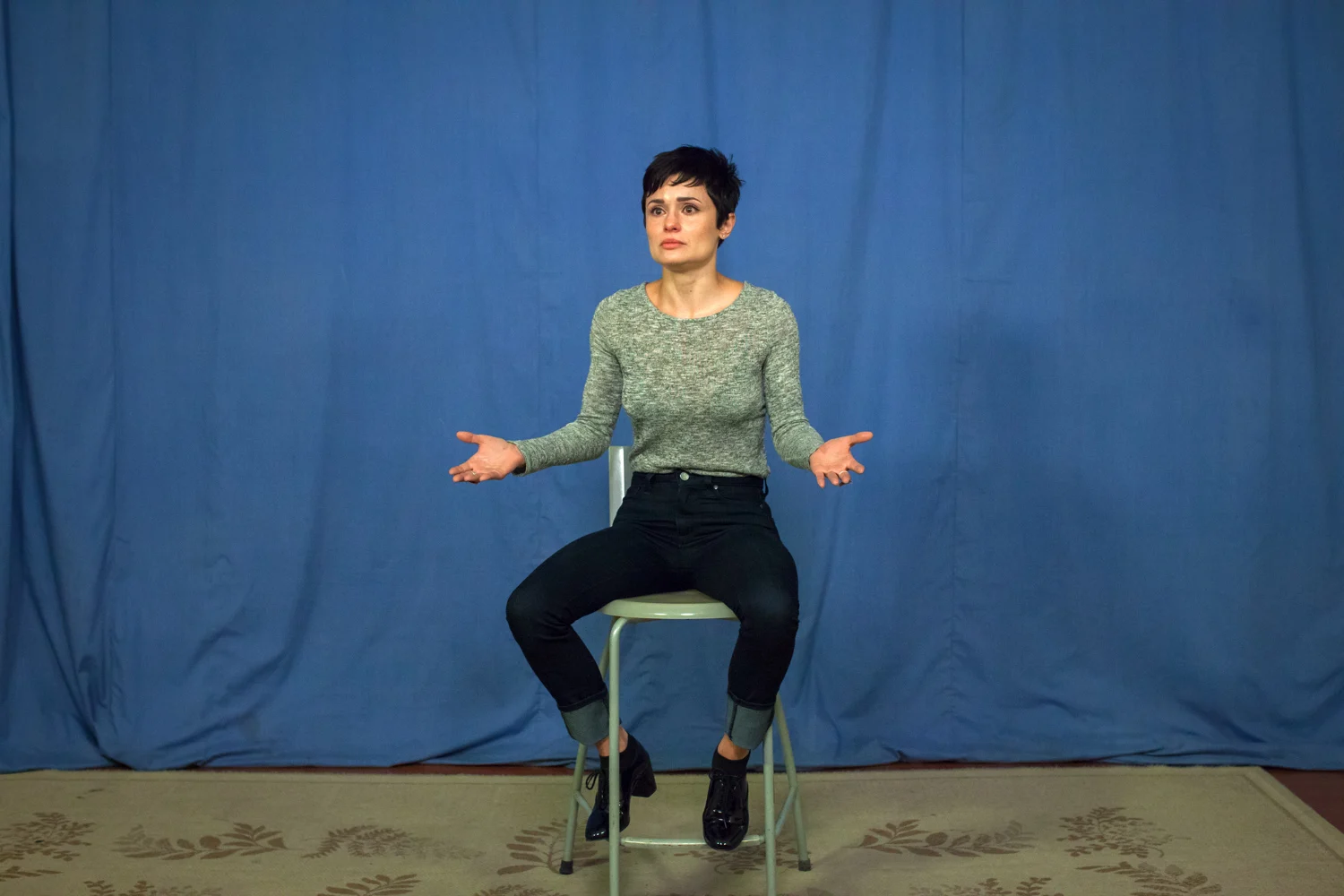
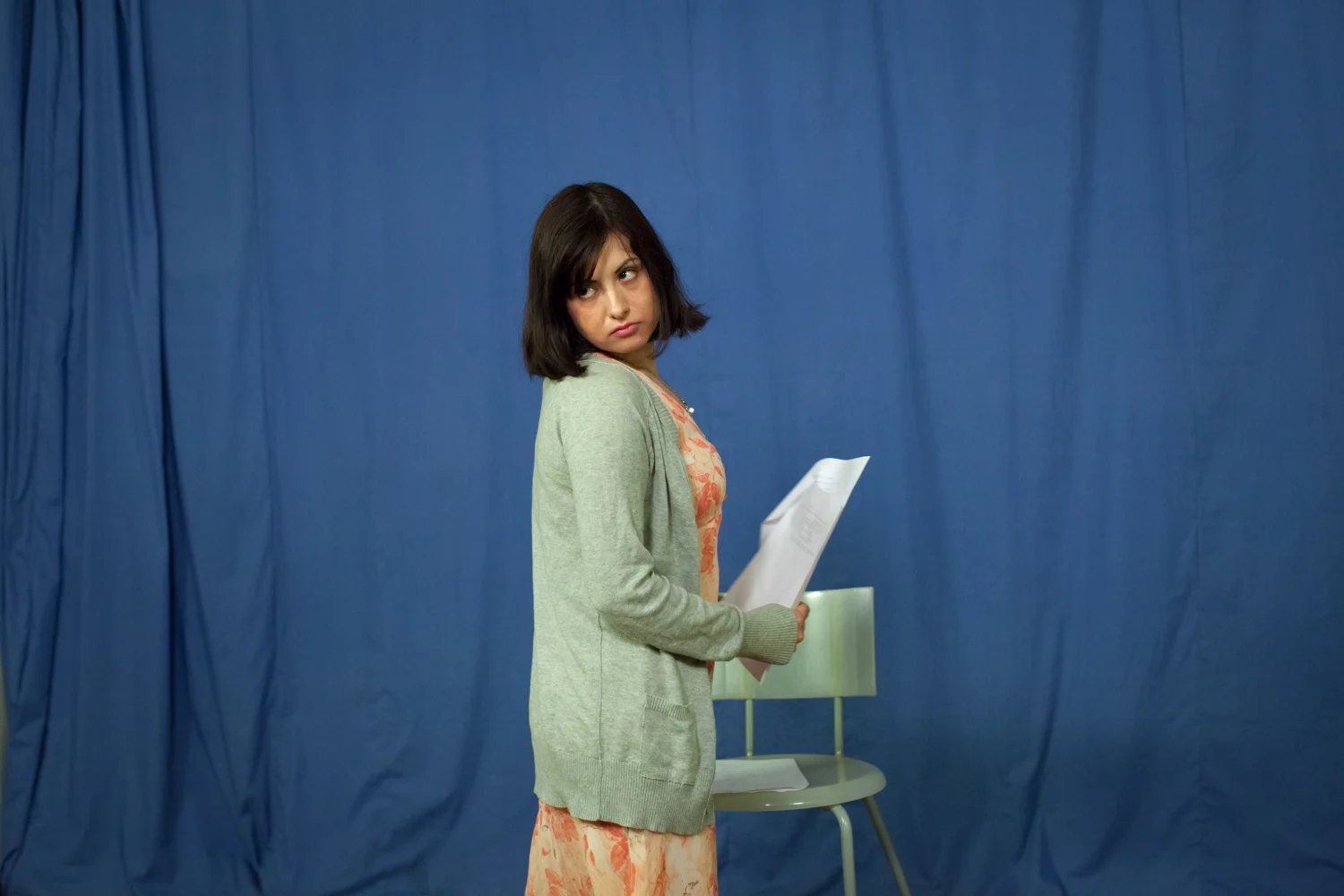
At first, Diana searched Hollywood for an actor to play Svetlana, and even cast an American woman for a few months who dropped out of the role because “her heart wasn’t in it.” She secured Gene Jones to play the all-American Eli, an actor best known for his roles in No Country for Old Men and The Sacrament. Meanwhile, Diana searched Armenia for her Svetlana, where both her parents originally came from. Then Georgia. Then Russia. She decided she needed someone Russian-speaking, and who understands the uprootedness of being in a country that doesn’t speak their mother tongue. Diana even contemplated playing her mother herself, but realised she needed someone who was a parent. She needed someone who could walk the footsteps of Svetlana, who could understand how a woman at 35 took two children, came to America, came to a place that she had only seen on TV, and married a man 30 years her senior.
“ needed to understand that Svetlana never was a victim of this story,” says Diana. Svetlana was ultimately very grateful to be in America; she got herself a second PhD after arriving and learning English, all while being married and raising two kids. “She was literally just trying to survive; it’s very hard to explain that to an actor. And I needed someone who could understand why she stayed with Eli, that’s always the biggest shock to people. People ask: Why would she even stay with him?”
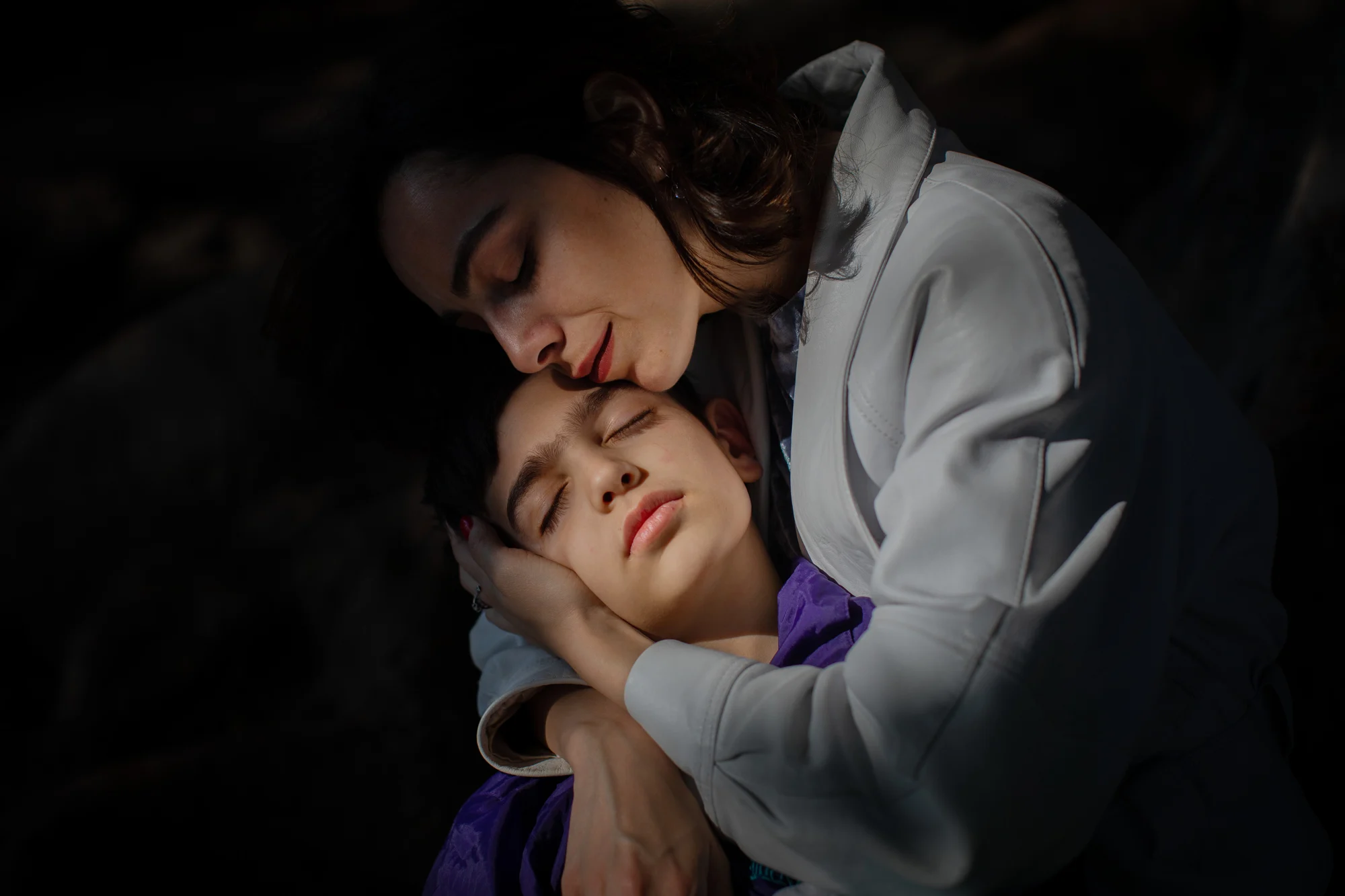
My mum has moved heaven and earth for a second chance. And somehow she covered it all up for me and my brother to feel like this was a normal life.
It’s a question Diana only began to understand the answer to once she’d cast Svetlana. A year-and-a-half into her search, Diana received a video from an agent of Ana in her apartment’s courtyard in Georgia. She looked nothing like Svetlana. “But I didn’t even think twice, I said, ‘When can I meet her?’” says Diana. “Ana has a child and comes from the same part of the world as my mum…she not only understands, she lives it.” The production team secured Ana’s visa, and soon she was in California, with Diana showing her where her mother had studied, where they’d shopped for groceries, where she’d gone to school, the IHOP they used to eat breakfast at. “It was almost like me playing the role of Eli, showing my mum Santa Barbara for the first time,” says Diana. They cut Ana’s hair into a bob and painted her nails red, because “that’s what Eli liked.”
In that first week, in the rented house where they were producing the project, Ana tried on the outfits that Diana had put aside from Svetlana’s closet: high-waisted denim, a white jacket, floral waistcoats, a sky blue nightgown. “To be honest, I was thinking the entire time: She looks nothing like my mum…did I make a mistake?” But then Diana saw how Ana studied old polaroids and home movies: She understood the way Svetlana posed, the subtleties of how she held herself, joked around in photo booths, or even just held her drink. Eventually on set, Diana began to call her “mom.” “I saw my mother in her. To the point where I would direct her to do something and she would tell me, ‘No, that’s not what Svetlana would do.’”



Through watching Ana interact with the actors she’d cast to play her family members, in the sets she’d built to look like her childhood homes and holidays, Diana began to see her own memories as a seven-year-old from the perspective of Svetlana. While shooting their arrival at the Los Angeles airport, she saw the shock in her mother’s eyes seeing Eli for the first time, who turned out to be far older than the photograph he’d sent. She saw her mother’s initial discomfort, but also how relaxed she became in America. In one of Diana’s photographs, Svetlana genuinely seems to smile from her bed while watching her daughter and Eli. “I think my mother stayed with Eli because for the first time in her life, she finally felt a moment where she could just pause and actually feel safe,” says Diana.
Rather than the “more fixed and probably logical” process of understanding her mother’s perspective from the start, sitting down, and writing the script with a team, Diana learned about her mother as she put the project’s pieces together – a process that then profoundly shaped the film and book. They’d be on calls together, with Diana recording them, and the calls fed into the scenes that the production team were making. These recordings also feature in the film as a voice over. “It was so organic. My mum would be explaining to me what she went through during the wedding as we were creating the wedding scene. I asked her what word the pastor said so we could include it, and she just paused, ‘What do you mean words?’ Then she laughed. ‘No words. I didn’t understand enough English to know what he was saying.’”

In one scene scattered throughout the film, Ana interviews Svetlana at the table in the set of her former Moscow apartment. She’s leaning forward attentively, out of character but also still very much in character, asking questions like, “Did you love him?” “I think I learned to love him,” says the actual Svetlana. “I was too traumatized when I arrived… I didn’t see a difference between thankfulness and love.” Diana decided to record this scene at the very end of the shoot, introducing the two women only after Ana had spent months walking in Svetlana’s footsteps. There’s a lot of respect in Ana’s eyes. “It felt so raw for my mother to be confronted with her younger self,” says Diana. When she asked Svetlana what she felt when she saw Ana in the room in the Moscow apartment, Svetlana answered: “I think it's the first time I felt sorry for myself, because I saw her in my shoes, and I saw her in that apartment, and I just felt sorry that she was still there.” It wasn’t only Diana who saw Svetlana with new eyes.
“My family was very honest with me about what felt like that past, and what was something that I just dreamed up,” says Diana. “I’m very aware that I’m in a fortunate position…Why do I get to be the narrator of my family’s story? We went through the chapter together, and I’m in the privileged position of getting to tell my version of it. I recognise that it’s probably not my mum’s version, or my brother’s version. But I was very fortunate to have the blessing and support of them, and not just that, but also their participation.”

